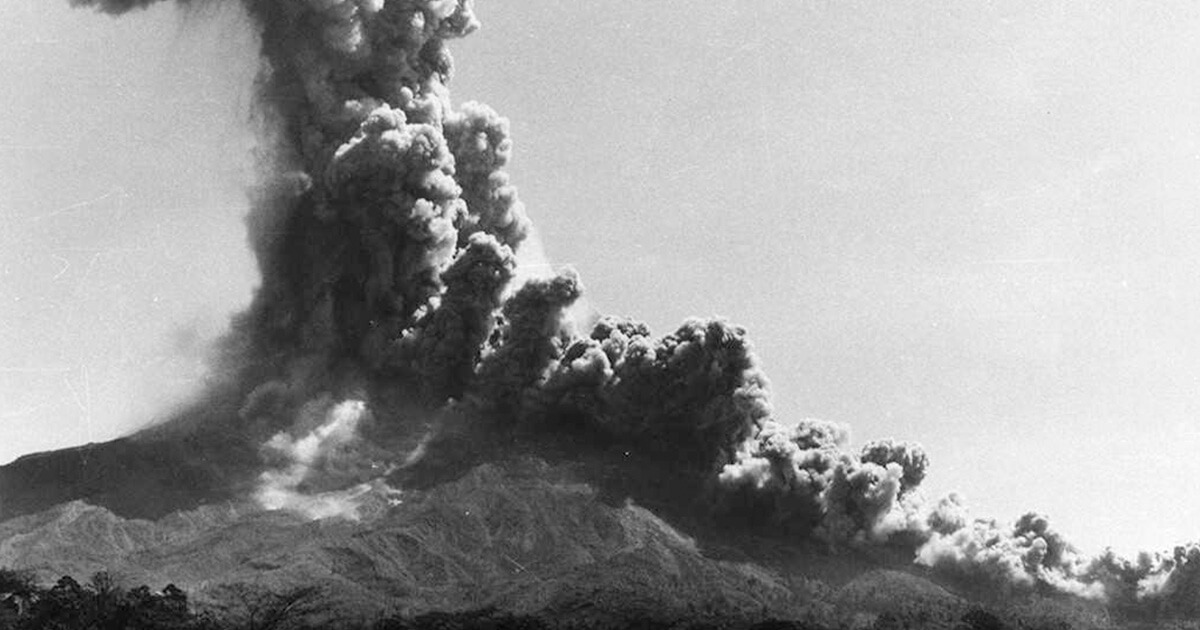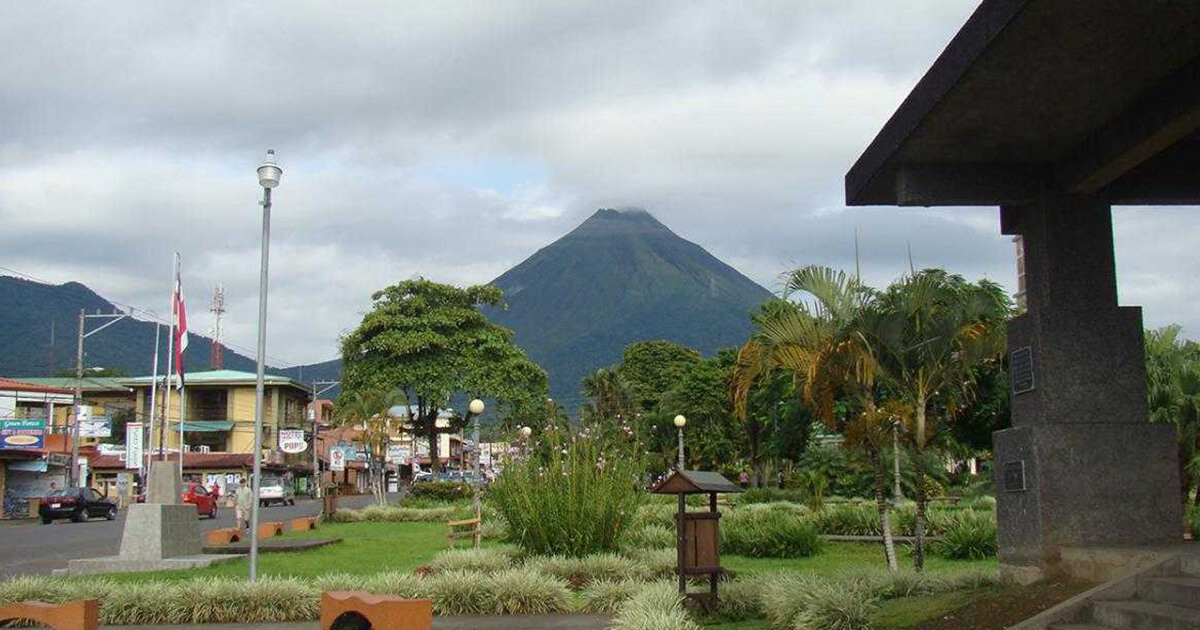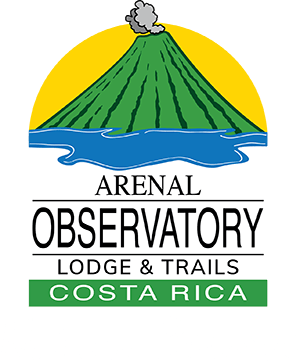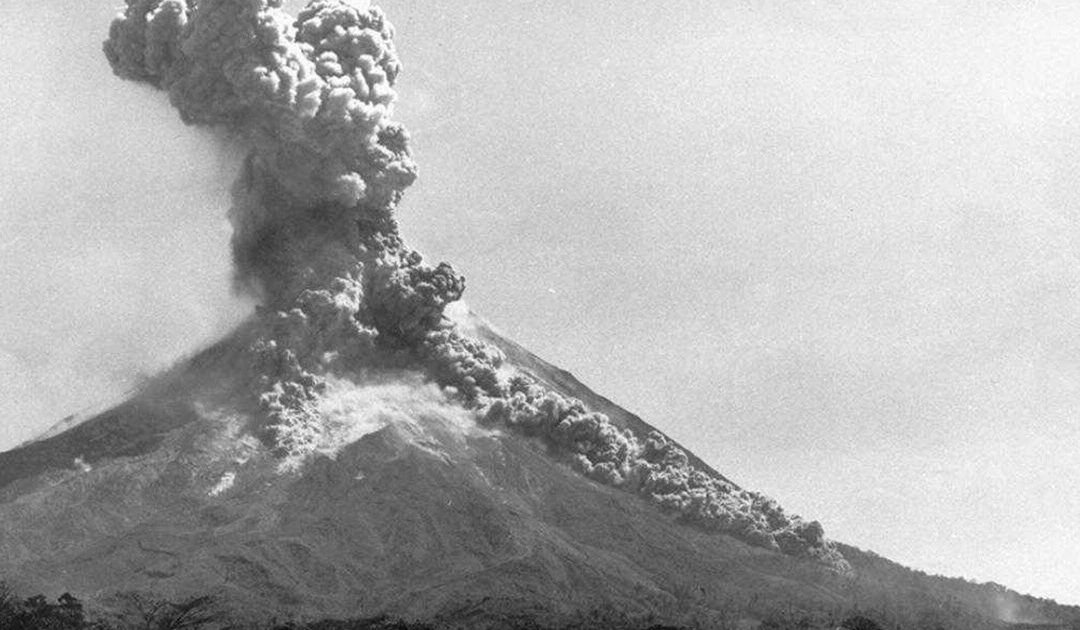Forty-eight years ago, the quiet agricultural community of Arenal, Costa Rica lived peacefully raising cattle and farming around the rainforest-covered, cone-shaped mountain called Cerro Arenal. Life had been tranquil like this for nearly 500 years.
No one expected on the morning of July 29, 1968, that sudden events would change their lives forever and the history of the Arenal Volcano.
Nearly half a century after Arenal Volcano’s unexpected violent eruption back into life, it is nearly impossible to think there was a time when the lives of area residents didn’t completely revolve around the massif. Today, Arenal Volcano is one of Costa Rica’s most visited natural attractions and the local economy depends mainly on the hundreds of thousands of tourists who visit every year. From dozens of hotels and restaurants to adventure and nature tours, souvenir stores, transport companies, and even the existence of the Arenal Volcano National Park, everything focuses on the prominent volcano. None of this might have happened, however, if not for that fateful day.

Early in the morning of Monday, July 29, 1968, at roughly 7:30 a.m., the “mountain” of Arenal, now known to have been a dormant volcano, exploded without warning. Extreme eruptions of rocks, lava and ash continued for three days, burying over 15 square kilometers and devastating the villages of Tabacón, Pueblo Nuevo and San Luís. When it was finally over, 87 people lost their lives, along with many animals; more than 232 square kilometers of land were affected. At the height of the eruption, which formed three new craters, Arenal Volcano spewed out massive amounts of lava and ash and tossed giant rocks up to a kilometer away at speeds of some 600 meters per second.
Over four decades, Arenal Volcano’s showy explosions of lava, rocks, smoke and ash have attracted scientists and tourists from all over the world, drastically changing the landscape and infrastructure. Hot springs resorts have sprung up throughout the Arenal area. The Arenal Volcano National Park formed in 1991 with the impressive, 1,633 meter (5,358-foot) high near perfect cone as its most commanding feature. The Lake Arenal hydroelectric dam was built in 1979 and now produces nearly 18% of the country’s total electricity.
Since 2010, Arenal Volcano has been in a resting phase with little activity, a natural process for active volcanoes. Its lava fields and occasional emissions of water vapor and gases still fascinate visitors.
Arenal Observatory Lodge, which got its start in the early 1970s housing Smithsonian Institution scientists who came to study the volcano, is still one of the most ideal places to observe Arenal Volcano with unparalleled views. The eco-lodge is the only Arenal hotel inside the national park with close yet safe proximity to the volcano.

You can learn more about the fascinating history of the Arenal Volcano and surrounding area at the Observatory Museum at Arenal Observatory Lodge. The three-story museum features exhibits and a top-floor observation deck; it is open every day from 8:00 a.m. to 8:00 p.m. for self-guided tours.

